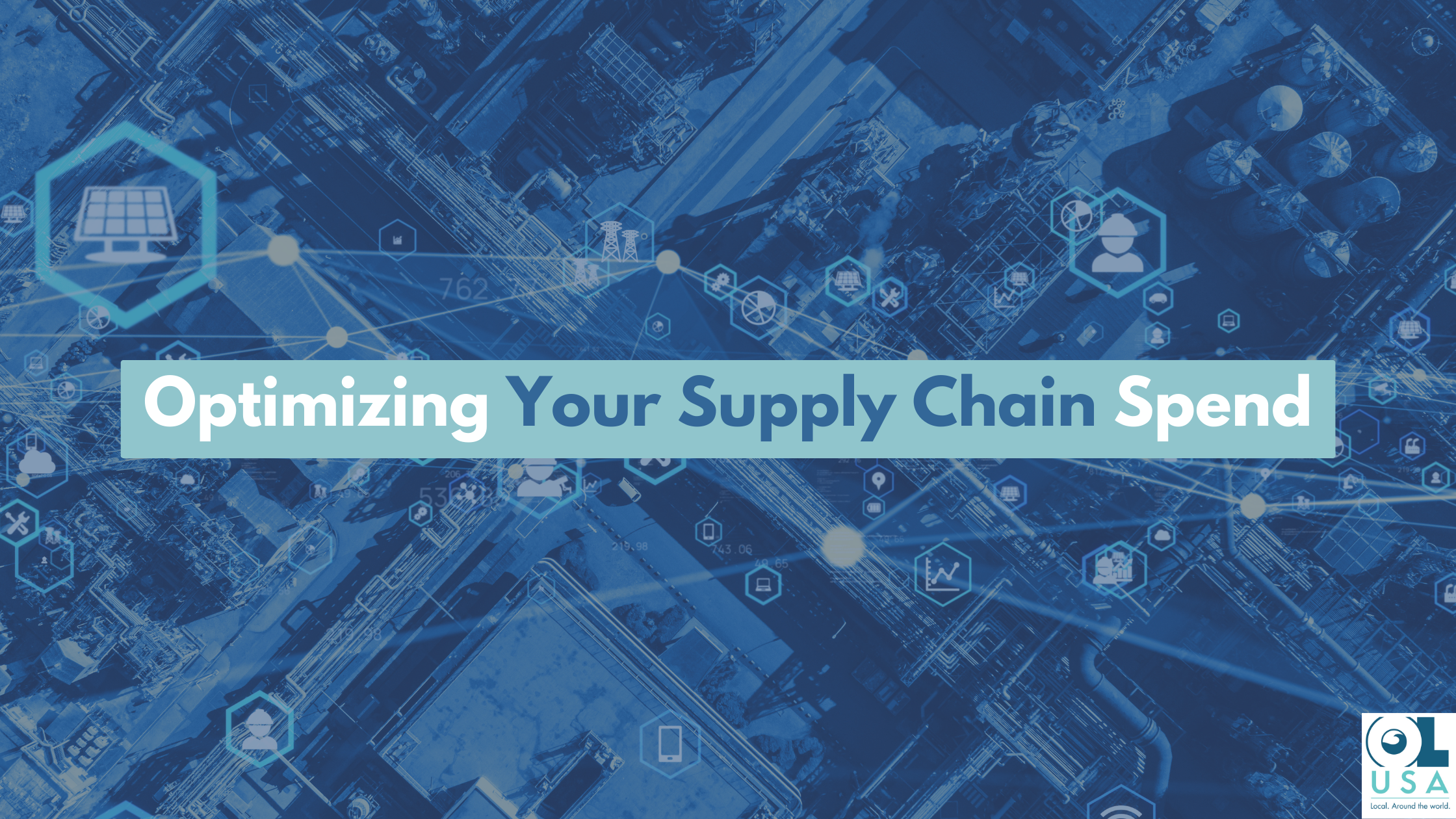The COVID-19 pandemic shined a big, bold light on increasingly universal weaknesses in the global supply chain—weaknesses that, during the COVID-19 pandemic, led to inventory shortages in everything from cars to cleaning products, baby formula, fresh produce, and more.
It was problematic—but, arguably, more problematic was the seismic overcorrection. As retailers and brands restocked, the pendulum swung the other way, with organizations aggressively overstocking to avoid future shortages. Now, with global supply chains more stable, these same organizations are facing the opposite challenge: how to clear out excessive inventory, acquired during that post-shortage scramble.
COVID-19 and the Supply Chain: Challenges and Solutions
Both sides of this scenario have called global attention to global supply chains. With strong, efficient supply chains, organizations can effectively, efficiently manage the flow of goods and services from the manufacturer to the customer. A well-optimized supply chain, then, is central to cost reduction, customer satisfaction, and overall competitiveness.
The COVID-19 pandemic, though, challenged even the most established supply chains. National and regional lockdowns slowed or, in some cases, stopped the consistent flow of raw materials and finished products. This not only led to bare shelves but, also, deeply disrupted the manufacturing industry, causing even greater trickle down across countless industries and verticals.
Granted, these vulnerabilities existed long before COVID-19—the pandemic simply brought these hurdles front and center, often accelerating impact given those lockdowns.
Today, we’re entering into the post-COVID landscape eyes wide open—and with a powerful opportunity to learn from recent challenges. The severe disruption over the last three years has pushed industry leaders to reconsider their workflows, processes, and technologies, with an eye on strategies for making global supply chains more resilient and collaborative. Specifically, shipping and logistics organizations now recognize the critical need to optimize spend by striking a better balance between inventory levels and customer demand. This can be achieved through a combination of technology and expert guidance.
The Role of Technology in Optimizing Supply Chain Spend
Technology has an important role to play in optimizing supply chain spend. Advanced technology such as artificial intelligence (AI), machine learning (ML), robotic process automation (RPA), and the Internet of Things (IoT) can help organizations improve their supply chain efficiency and reduce costs.
Already supply chain leaders are leaning in, focused on strategic technology investments that will enable them to achieve greater sustainability, and be more collaborative with customers, suppliers, and other key stakeholders. Investments in real-time visibility and resilience have gained significant traction, as have tech investments supporting greater agility. Advanced SKU rationalization, for example, has begun to overtake spreadsheets, helping companies better optimize and manage against too-high or too-low inventory levels. With that, AI and ML can help organizations forecast demand and predict potential supply chain disruptions. This allows organizations to make informed decisions about inventory levels and avoid overstocking or stock shortages. IoT can help organizations monitor the movement of goods in real-time, providing a more accurate view of inventory levels and reducing the risk of stock shortages.
It’s a massive departure from traditional “just-in-time” models, long lauded for their efficiency and economies of scale. Businesses leveraging IoT are able to better predict and prevent both shortages and the blow-back from those “pack-and-hold” approaches that led to excessive stock and, often, deep discounts as retailers scramble to unload inventory stockpiled as shortages eased.
Early adopters of these technology-led approaches to supply chain management have already seen the impact. Companies that reported minimal supply chain friction during the pandemic were 2.5 times more likely to have invested in—and be actively leveraging—advanced analytics technology. Not surprisingly then, among organizations that struggled to manage their supply chains during the pandemic, 71% say they’re now allocated resources and budget to implementing—and successfully leveraging—advanced analytics in their business.
Cost Optimization in the Global Supply Chain
Technology can also help cost reduction efforts across the global supply chain. While in the past, cost cutting has come predominantly from leaner operations offering longer lead times, led by low-cost labor, automation is now leading resource optimization efforts from end to end. Automating repetitive tasks helps remove talent from the equation—talent that can then be utilized for business development and other roles only humans can fill.
With AI-powered automated workflows in place, organizations can simplify and expedite decision-making, standardize processes—and excellence—across the supply chain, and reduce human error. For example, IoT devices or sensors could provide real-time insights on status and condition of sensitive products such as vaccines. This paired with an increase in cloud-based platforms collaborating with suppliers and control towers ensures improved shipping and delivery, optimizing spend and boosting efficiency.
Putting it Together: Optimizing Your Supply Chain by Optimizing Your Spend
The COVID-19 pandemic exposed major weaknesses in the global supply chain, leading to inventory shortages and, later, overstocking. To best address these challenges today, organizations must focus on optimizing their supply chain spend by striking the right balance between inventory levels and customer demand—which can be achieved by assessing and strategically enhancing your tech stack.
We’re already seeing significant, universal shifts across the industry—and, for many, early results are overwhelmingly positive. The majority of senior supply chain leaders say they’ve invested in digital supply chain technologies during the past year—and most have invested more than initially planned. Even auto and commodity leaders who, earlier on, were more reluctant to commit resources and budget have now doubled down on technology investments.
That said, while technology can help organizations optimize their supply chain spend, it is also important to work with a trusted partner who can provide expert guidance. Leaders like OL-USA can help organizations identify potential supply chain disruptions, implement cost-saving strategies, and manage inventory levels effectively. Plus, with a view of the fast-evolving industry landscape, OL-USA can help identify and implement the latest solutions, while also helping rationalize and optimize your existing technology investments.
We’re in the midst of a massive industry transformation that will, no doubt, change the way supply chains integrate technology. Today strategic, high-tech roll outs of supply chain technologies are enhancing everything from customer and stakeholder experiences to end-to-end efficiencies to an organizations’ ability to weather future slowdowns and, even, lockdowns.
Enterprises that will yield the highest returns and mitigate future risk due to changes in demand are those that are leveraging a full tech stack including AI, ML, IoT alongside a strategic partner or team experienced in leveraging these technologies to optimize workflows and inventory tracking on a national and global scale. In short, optimizing your supply chain spend requires a tailored for your business combination of technology and strategic implementation. Those companies that make the investment in their technology and system workflows now will be better positioned to weather the changes and demand fluctuations of tomorrow.



